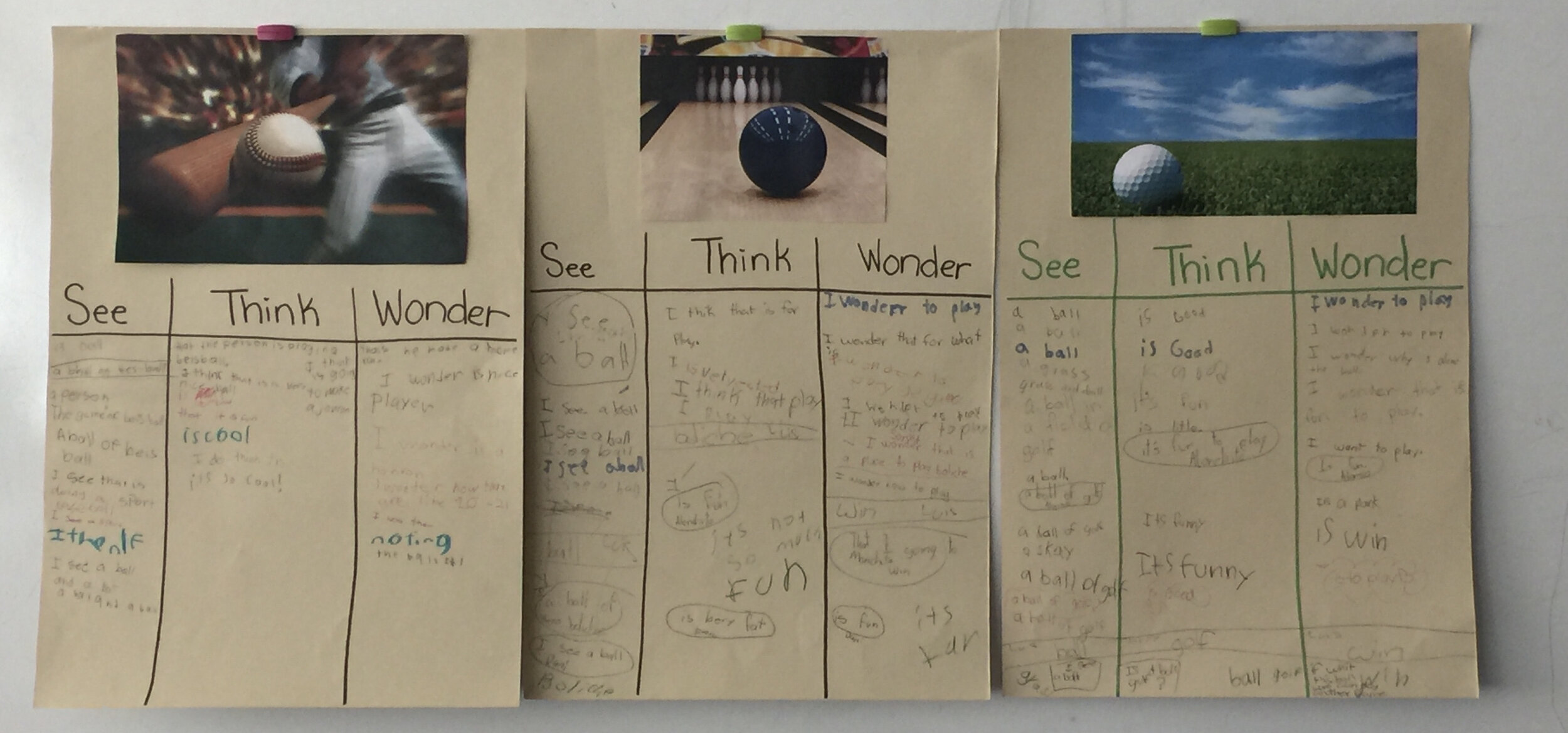“It was serendipitous – I fell in love with what I was doing” TESOL graduate Jennifer tells us about the places her MA has taken her
Jennifer graduated from the University of Limerick in 2017 with a Master’s in TESOL. We chatted with her to find out the rewards (and challenges!) of a teaching career. Here she shares a day in her life as an English teacher in Mexico, as well as memories of her time in Taiwan.
Name: Jennifer
University: University of Limerick
Course studied: MA Teaching English to Speakers of Other Languages (TESOL)
Roles since graduation: Teacher of English in Mexico; Substitute Teacher in the USA
Fun fact: Whilst in Taiwan, Jen witnessed their ‘Ghost Month’ celebrations, where people honour family members who have passed away and burn ghost money so that spirits can be rich in the afterlife!
From Taiwan, to Ireland, to Mexico!
Can you tell us about your journey so far?
“I first studied a Bachelor’s in Fine Arts in Minnesota in 2011. After 6 months of job searching, I got chatting to a friend who taught English overseas. I went and got a TEFL certificate and 4 weeks later I was in Taiwan! It was serendipitous; I fell in love with what I was doing and spent 4 years there.
That confirmed to me that I wanted to do a Master’s in TESOL. I chose the University of Limerick after lots of research into course ratings for TESOL and affordability, as well as having always wanted to go to Ireland. Then I had to take the dreaded Graduate Record Examination (an admissions test used in the USA for postgrad programmes) and I was all set.
Afterwards, I chose Mexico for two reasons: firstly, because it was an IB school and I hadn’t experienced that kind of teaching yet; and secondly because it was a bit closer to home! I spent three years there learning everything that I could. I honestly believe it was my MA from UL that got me that job.”
A day in the life of… An English Teacher in Mexico
What would a typical day look like for you?
“I’d leave at around 7.30am for an 8am start. There was usually a morning meeting where we discussed expectations for the day and what we were going to do. Then we’d move on to a topic, such as a news story, a student’s question, or one of the IB themes like citizens or role models. Next up was a grammar or phonics lesson, followed by a ‘mini lesson’ with an objective for reading or writing, which usually involved a book. We would show an example and then give them an independent or group activity that reflected the objective. After that, they had a PE lesson before lunch. In the afternoon, I would switch classes with the Spanish teacher so that the learners got a bilingual education.”
Behind the scenes of a career in TESOL
What do you love about your job?
“The kids! They’re so full of wonder, creativity and imagination. And lots of questions! I remember when we had to go remote because of the pandemic and we were discussing the differences between classroom and online teaching. I think it’s often forgotten how important a face-to-face setting is when you’re teaching. It’s just the sense of community and social interaction that makes it. One of my students said to another: “I just missed your face!”, which was adorable. They all really missed each other, you know, even the students who were badly behaved.”
Teaching sounds very busy… How do you organise your time?
“First thing to say is that, as a teacher, you always take your work home with you. Whether it’s reflecting on what could’ve gone better in a lesson, or thinking of ideas for the next one. Planning takes a lot of time too – especially when you’re determined to keep the lessons active and creative. I’d say a breakdown is around 60% researching and planning, 30% teaching, 5% reflecting and 5% grading.”
Advice to students or graduates interested in the sector
Can you offer any advice to those who want to go into TESOL?
“Just try everything, both during and after your studies. We often think we know which jobs we’ll enjoy or not, but until you’ve tried everything you can never be sure. Really, you never know what you’ll like or dislike and who you might meet during certain activities. Network as much as possible – somebody might spot your CV!
The top skill needed to be an ESL teacher is patience. Also, you need a lot of grit and resilience: sometimes you feel overwhelmed by responsibility and take it personally if a lesson goes badly. You can’t let that mess with you and you have to believe you’re doing a good job. Finally, integrity: if you don’t know something then admit it. The learners will see that you’re human and recognise that learning is life-long.”
Jennifer returned to the USA from Mexico in July this year and is currently working as a substitute teacher in ESL for local schools, as well as tutoring. She emphasises that she loves her job and really feels she’s found her passion in teaching, especially as “every day is so different!”
Find Jen on LinkedIn here: Jennifer Lentz | LinkedIn




